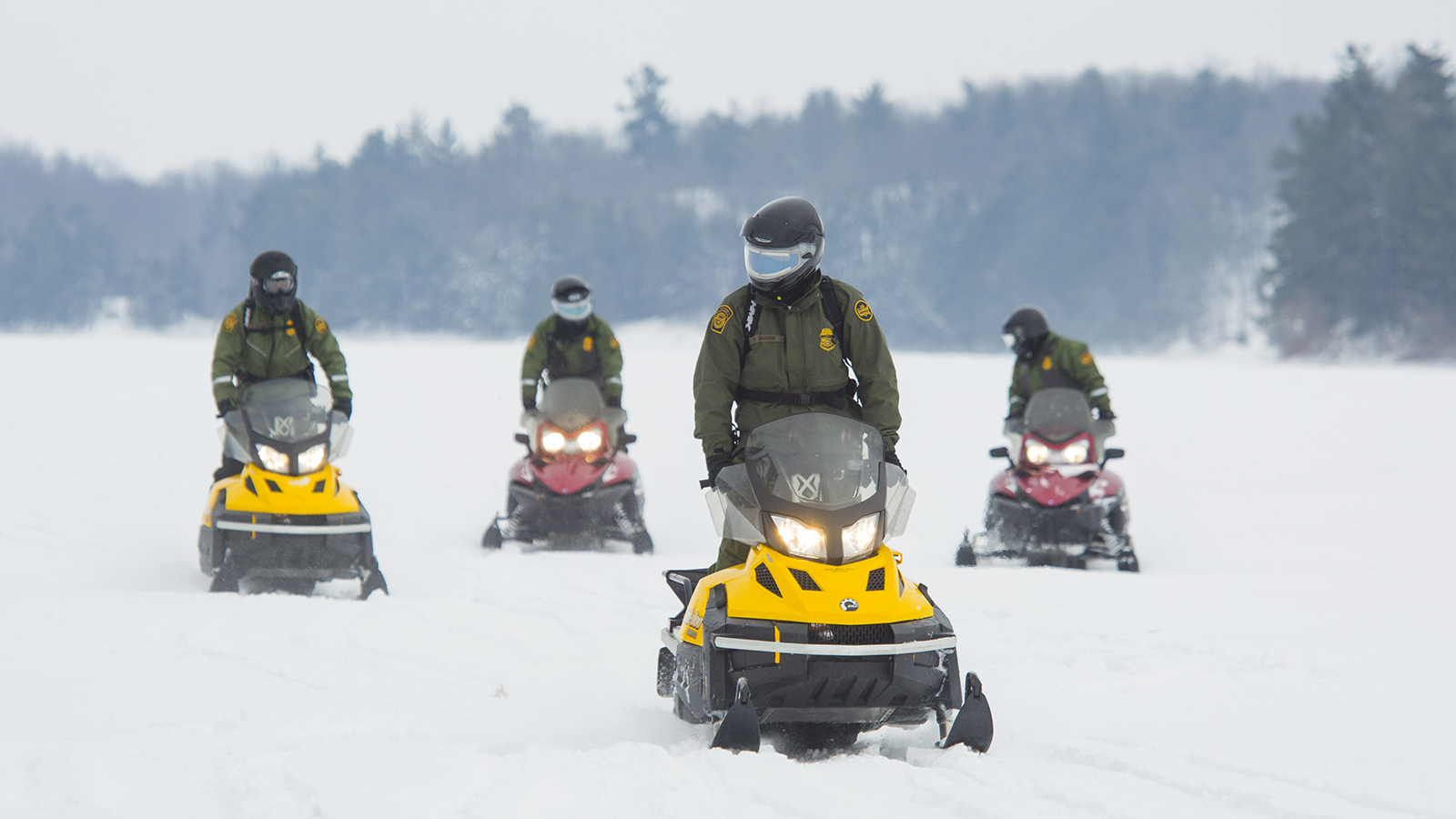
A Thousand Places to Hide
The Thousand Islands region in northern New York is a geological marvel. Its 1,864 islands in the St. Lawrence River range in size from more than 40 square miles to small rock piles. The border meanders through the area, with islands falling irregularly between Canada and the U.S. The St. Lawrence carries international shipping traffic through the summer months, along with thousands of private vessels and personal watercraft. When the water freezes in winter, border crossings open along the ice, some as short as 60 feet between the two countries.
The U.S. Border Patrol maintains a station on Wellesley Island, one of the largest islands in the region. The station is centrally located in the region, allowing agents to deploy quickly to remote locations, responding to sensor signals or calls from residents regarding suspicious activities. Smuggling methods change with the seasons, and agents are on constant alert for the signs of entry along the winding land and water border separating the U.S. and Canada.
The islands become busier in warmer months as property owners return to their island homes. In the summer, agents use boats and jet skis to patrol the border area, which attracts several hundred thousand visitors yearly. “Increased pleasure boat traffic requires a targeted approach to patrols,” said Patrol Agent-In-Charge Matt Roggow. He said agents identify vessels that could be a threat based on intelligence and previous case work, which can show ties to criminal organizations. During warm weather, agents also patrol on bicycles and in Border Patrol vehicles.
All this changes, though, when snow begins to fall.
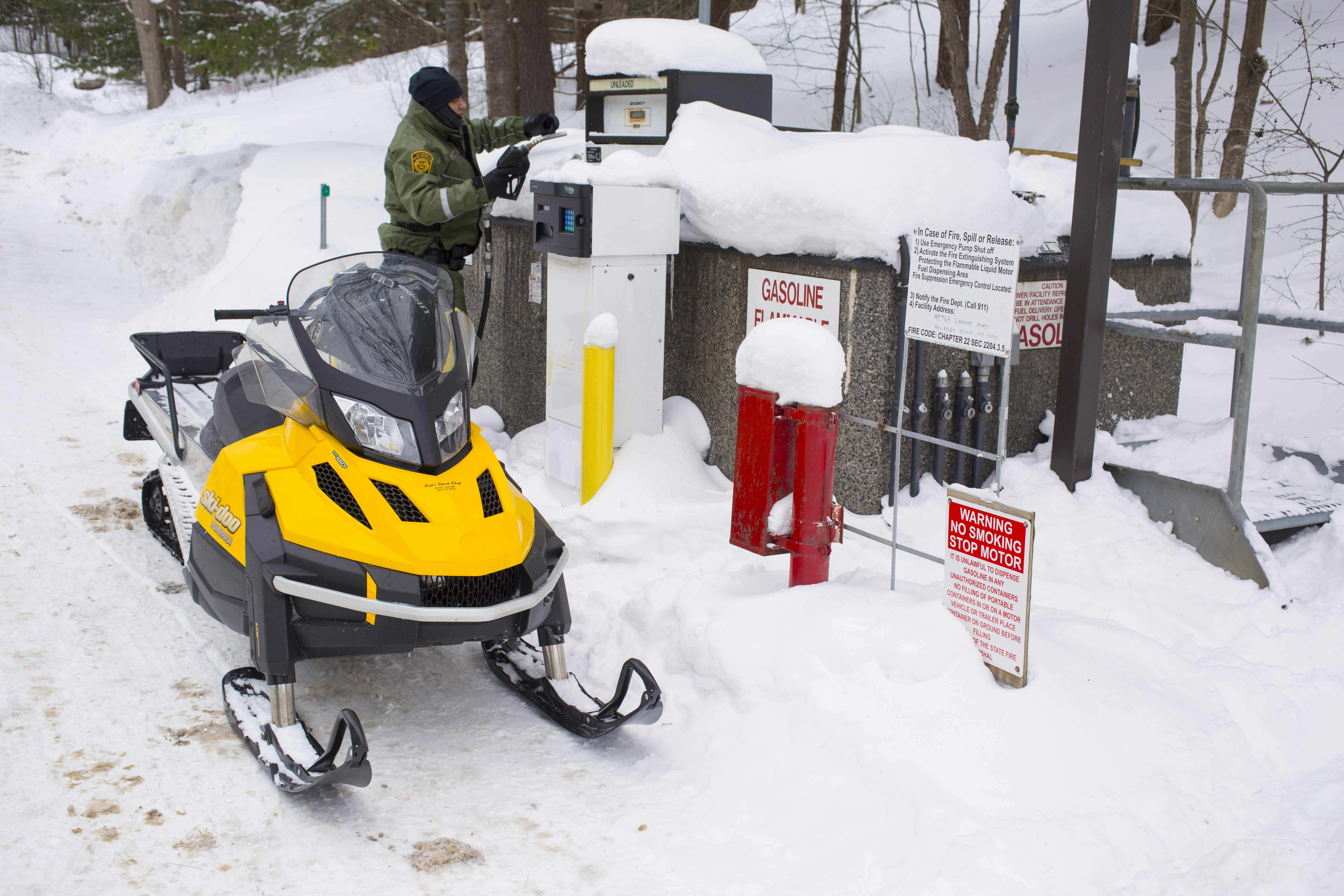
Winter comes early to the Thousand Islands – lakes and rivers can freeze to support the weight of a person as early as November. As winter sets in, temperatures can reach -40F. The ice between the islands becomes thick enough to support snowmobiles and even heavy motor vehicles. Wellesley Island agents use snowmobiles during the winter to maintain a law enforcement presence over large areas and quickly respond to hidden sensors signaling possible illegal activity.
“When the water freezes, things change,” explained Roggow. “When you see a snowmobile racing across a bay, where is the rider going? What‘s their purpose for being on the river? How close are they to the border? Have they originated from the U.S. or Canada? Are they out sightseeing – or moving around for other reasons? Agents have to consider all this for every snowmobile, any of which can access the U.S. at landing spots on islands throughout the area.”
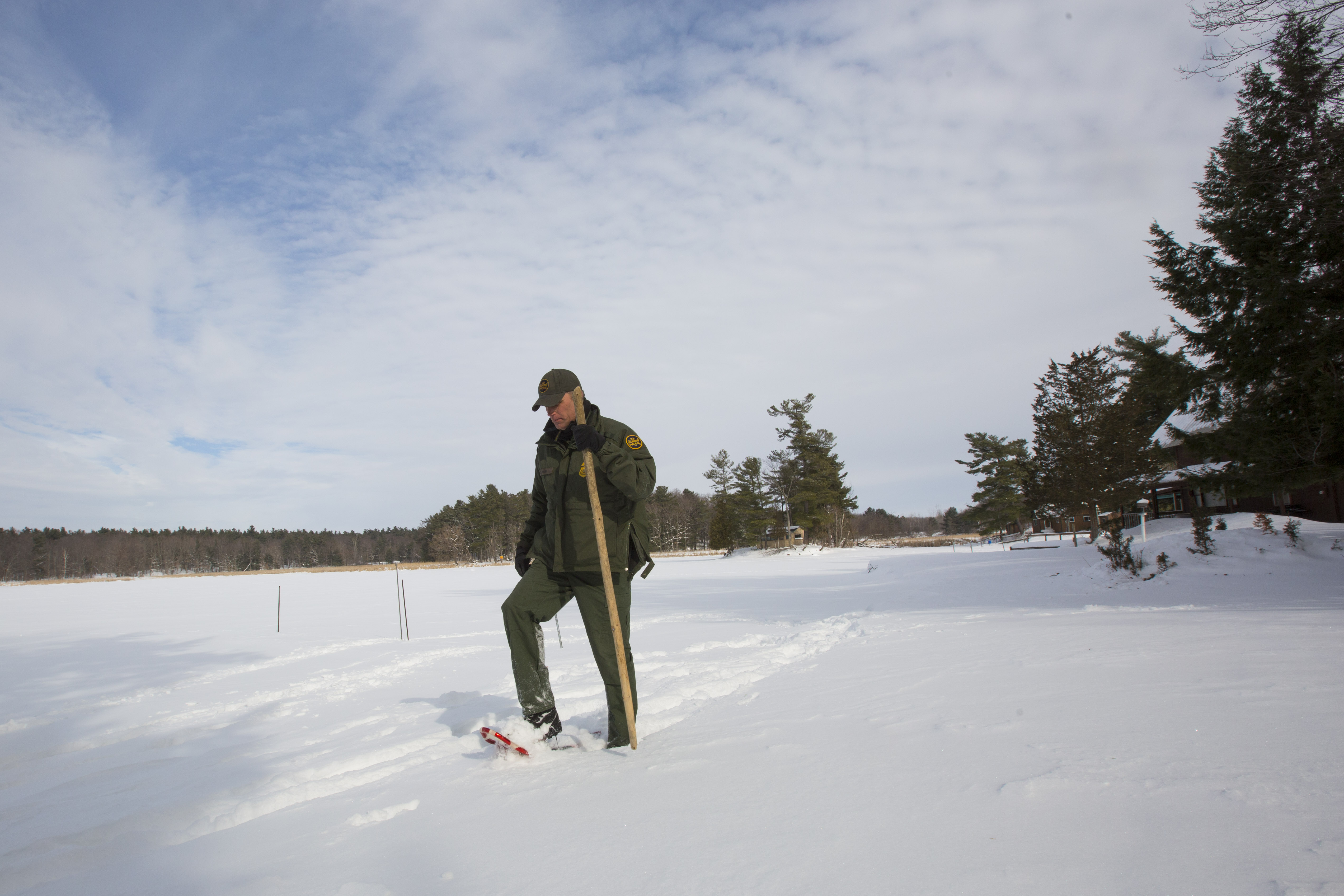
Agents assigned to snowmobile duty must first complete certification training, which teaches them to maneuver the machines and to perform maintenance and minor repairs.
Riding at average speeds of 45 mph in the freezing air requires special clothing. “Depending on the temperature, I normally wear between three and five layers,” said Border Patrol Agent Eric Vaughn. “Base layer, uniform, inner liner, then outer shell. With a layered system I stay pretty warm even at higher speeds. The only areas that get cold are my hands, neck and sometimes my feet.” Each snowmobile agent wears a small backpack containing essential survival items.
With proper maintenance the snowmobiles are very dependable. To fix the most common problems, each snowmobile has a basic tool kit and parts, such as extra belts, spark plugs and a set of chains for towing in case of a breakdown.
“When we patrol on snowmobiles, we are always looking for signs of entry, like foot and snowmobile tracks. Our traditional patrolling efforts are aimed at sign cutting – we generally see sign that is coming south from Canada, but we have also encountered sign of northbound traffic destined for Canada,” explained Vaughn.
“I have patrolled for over eight hours, though the normal patrol is around three to four hours,” said Vaughn. “You are out in the elements, and operating snowmobiles can be physically exhausting. I try to take breaks, and bring along water and food to minimize fatigue.”
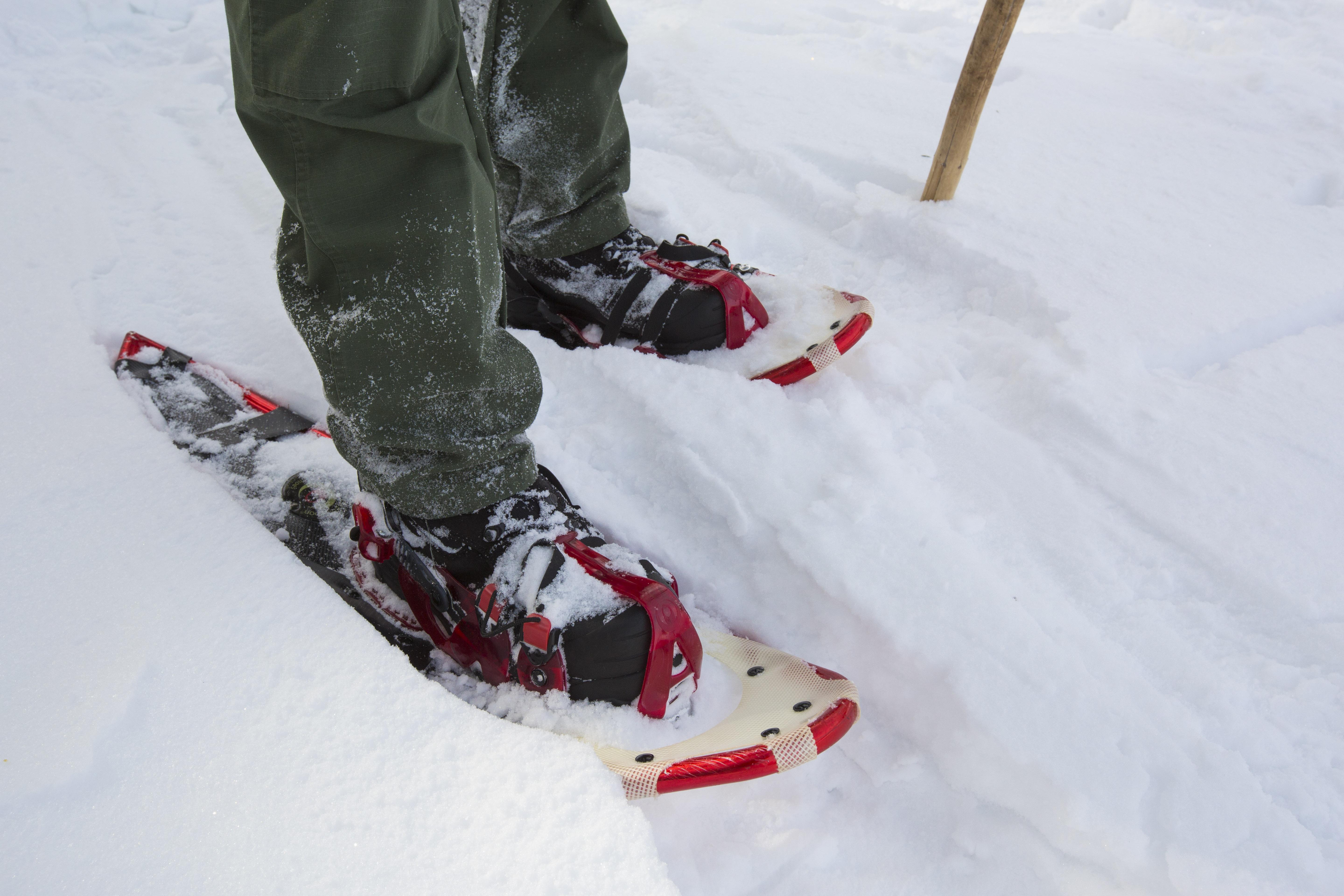
Snowshoe patrol – projecting a presence
Snowshoe patrols are a necessary part of winter operations at Wellesley Island Station. Snow accumulates quickly in the winter months, with depths building to several feet. Walking can only be done for short distances – for longer trips, an agent must wear snowshoes. Resembling overgrown tennis rackets, snowshoes distribute body weight across the surface area of the snowshoe, allowing the wearer to virtually float over the snow surface. Made of durable lightweight materials, modern snowshoes with special footwear and bindings are comfortable for long-distance wear.
Agents wearing snowshoes patrol areas in the Thousand Islands that become inaccessible to patrol vehicles. “Many of the areas require extensive hiking through the woods, involve skirting beaver ponds, frequent elevation changes, as well as following the uneven, ice-packed shoreline of the St. Lawrence River,” explained Agent Donald Piers. “The snowshoes allow me to remain on top of the snowpack, and the sharp steel crampons on the snowshoe bottoms give me grip on the ice.”
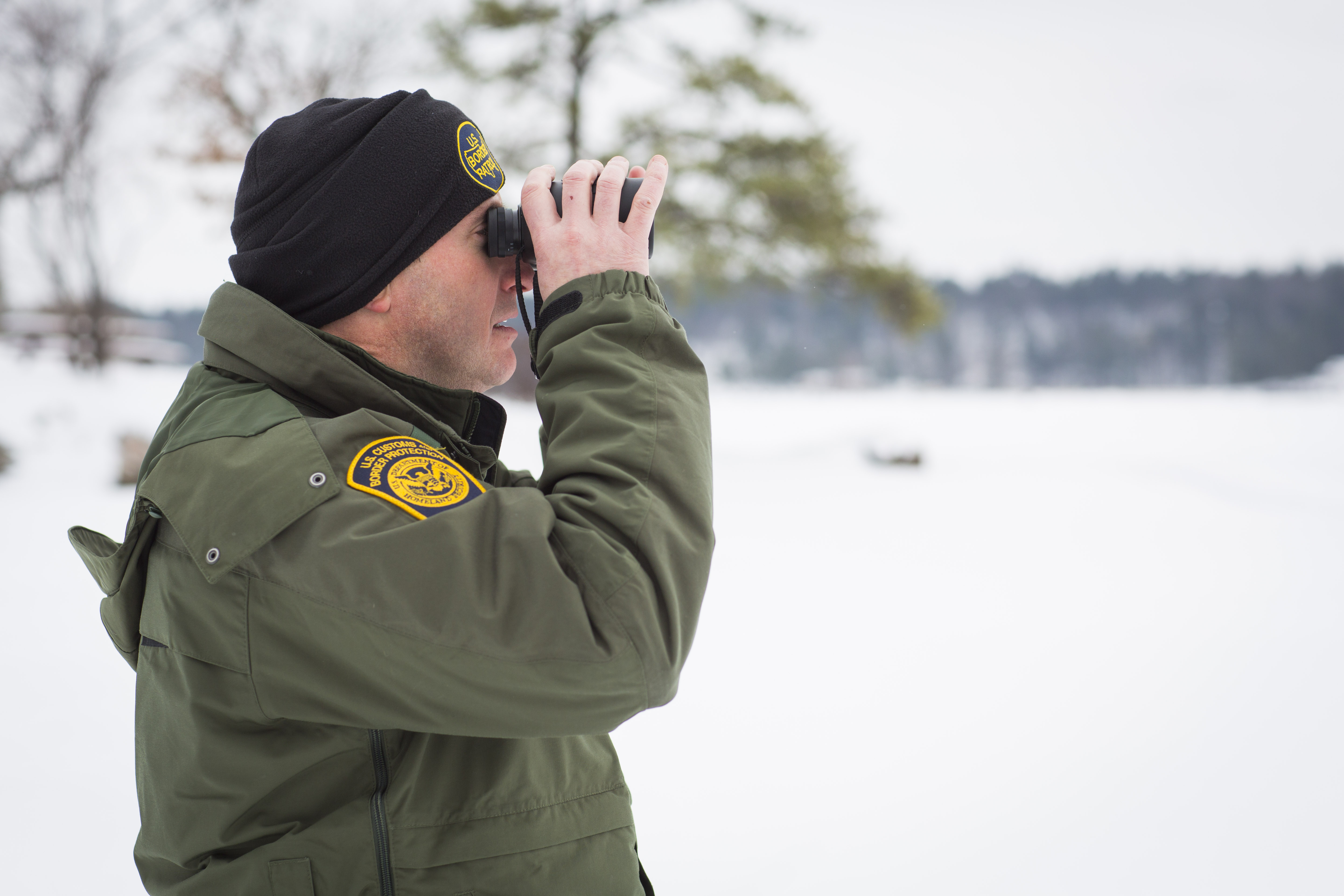
Patrolling on snowshoes also allows agents to enter remote areas obscured from other methods of observation and project a thorough, quiet Border Patrol presence where none may be expected by traffickers and smugglers.
The region’s complex geography, complicated further by freezing weather, demands law enforcement agencies work together on both sides of the border to combat trafficking and smuggling. “We were just looking at a case in which a Border Patrol agent, an officer from the [CBP] Office of Field Operations, a Canada Border Services Agency officer, a Royal Canadian Mounted Police officer, and one New York State Police trooper worked as a team to apprehend a specific person who was smuggling drugs over the border,” said Deputy Patrol Agent in Charge Dave Bova.
Project Kendall – an operation to dismantle a cocaine distribution ring on Howe Island, Canada – involved Border Patrol agents from Wellesley Island, Drug Enforcement Administration agents, and officers from the Ontario Provincial Police, CBSA and RCMP. “In that case, traffickers residing in the region received and distributed cocaine on the Canadian side of the border. Border Patrol efforts included developing intelligence on the targets’ activities when traversing the river and insuring that the drug traffickers could not access U.S. areas to distribute or receive products that would support their criminal organization,” said Roggow.
Human smuggling is common in the Thousand Islands. Georgian nationals have been caught illegally crossing the border in the International Rift area and the narrows at Lake of the Isles. “The rift is where Hill Island [Canada] and Wellesley Island [U.S.] are closely situated – there are distances as short as 60 feet between countries,” said Roggow. “Human smuggling is unique in that it goes both ways in the area – southbound and northbound – which makes trafficking different than on the southern border.”
The geography of the region precludes the use of some technologies used at other border locations – islands and rocks block radar and other surveillance methods. “Intelligence, interdiction and investigations – all working together with our law enforcement partners – is the key to our success,” Roggow explained. “We have a robust Integrated Border Enforcement Team in the Thousand Islands region. We meet often to discuss intelligence and operational plans that we intend to pursue because what affects us also affects the Canadians.”
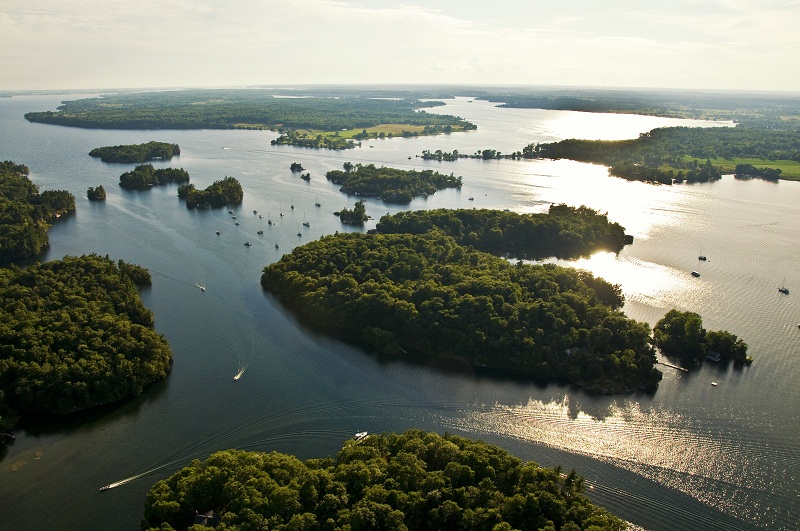
Historic vacation retreat and smugglers’ haven
The geography of the region, and the close proximity of the border in many spots, has made the area a traditional haven for smugglers. Through the Prohibition era (1920-1933), smugglers made use of the islands to transport liquor from Canada. In World War II, the threat changed to illegal entry by prisoners of war and aliens from Canada. During the 1950s, Canada received thousands of displaced persons and refugees from Europe, many of whom were inadmissible to the U.S., resulting in increased human smuggling through the Thousand Islands.
The late 19th and early 20th centuries brought extravagant summer homes to the region, built by captains of North American industry, including the owner of the Singer sewing machine company and the owner of the Waldorf-Astoria Hotel. The Wellesley Island Border Patrol station is located in a renovated 19th century home on a bluff overlooking the St. Lawrence River shipping channel. With herringbone inlaid hardwood floors and rich paneling and woodwork, it is one of the most unique station buildings anywhere in the Border Patrol.
The station was originally built in the 1880s as a summer home for Henry Laughlin, a Pittsburgh industrialist and director of the Jones and Laughlin Steel Corporation. It remained in the Laughlin family until 1948 and was eventually sold to the federal government for use as a U.S. Coast Guard station until 1972. After years of neglect, U.S. Army Corps of Engineers renovated the buildings in the late 1990s. The Border Patrol occupied the building in 1997, establishing a new permanent headquarters for Wellesley Island Station. While the restoration retained historical features, the building also houses holding cells, a gym, and heavy-duty boat docking and handling facilities.

